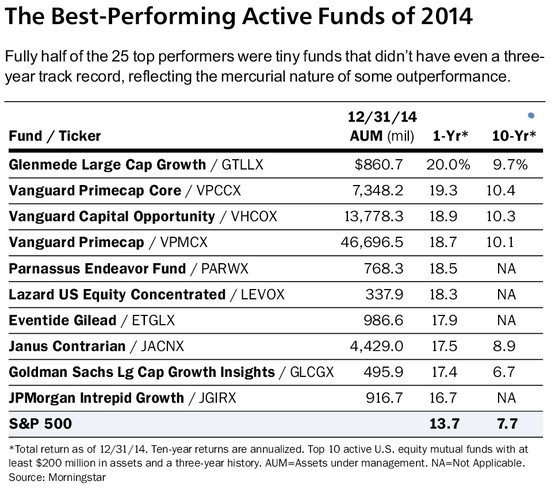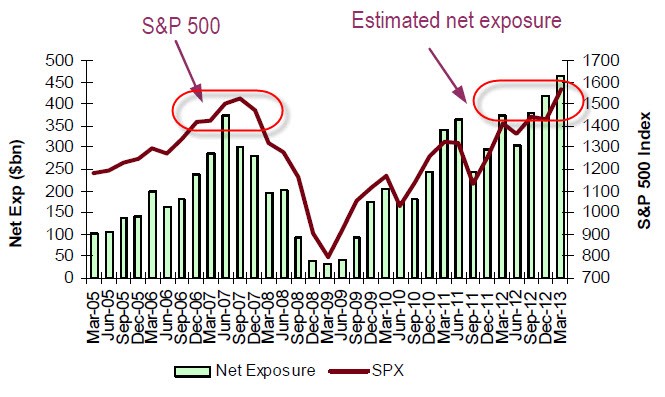Can fund managers justify their fees
Post on: 5 Июль, 2015 No Comment

Mutual fund returns depend on many variables, most of which are unpredictable. However, there is one factor you know in advance, and it has a huge impact on your returns: the fees you pay for fund management.
You don’t need to do a lot of research to conclude that if two funds invest in similar securities, the one that charges less will deliver better results. Some will argue that funds that have delivered good performance deserve higher fees, but let the numbers speak for themselves. In the table “Costs matter ” I have sorted funds from four major investing categories—Canadas cheapest Canadian fixed-income mutual funds. Canadas cheapest Canadian neutral balanced mutual funds. Canadas cheapest international equity funds. Canadas cheapest Canadian equity funds —into management expense ratio (MER) quartiles. (The MER is the total annual fee you pay for each fund.)
The first quartile contains the cheapest 25% of funds and the fourth quartile contains the most expensive. For each quartile, I calculated the average five-year return to see how the MER affects returns. (Since I’m assessing whether manager performance justifies higher fees, I’ve excluded index funds. To compare apples to apples, I’ve also left out institutional funds, U.S. dollar series, and Series F funds.)
The table provides compelling evidence that management expenses have a direct, negative impact on long-term returns: the cheapest quartiles have the highest returns, and vice-versa.
Why is a fund manager’s ability to add value so limited? In the case of fixed-income funds, there is simply a limited supply of investment-grade bonds, so most managers end up in the same issues. Some may use tactics such as buying longer maturities when they believe interest rates will go down, or keeping their bonds shorter when they expect rates to rise. Sometimes they get it right, sometimes they don’t. Over the long term, bond funds tend to perform quite similarly to their indexes, less management expenses, so keeping fees low is essential. The same applies to balanced funds, which usually include 35% to 40% bonds.
What about equity funds? Since there are so many more investment choices, you would expect your fund manager to earn his or her fees by picking stocks that will outperform the market. In reality, it’s not that simple. Managers do not have free rein: they have to invest in a prescribed set of assets, as determined in the fund’s objectives. They also have other limitations that prevent them from concentrating too heavily in any particular company or sector.
Even if they are permitted to make concentrated bets, most managers are reluctant to do so, because they have too much to lose if they get it wrong. When things don’t work out, both investors and the fund’s sponsor will blame the manager: money will flow out of the fund and the manager may lose his or her job. But if the fund cuddles up to the index, the manager can always blame the market if performance is poor. As a result, many fund managers end up sticking closely to the securities in their benchmark.
Even fund managers who outperform do so for a limited period of time. They may enjoy success as the result of a good call on some individual securities or sectors. More often than not, unfortunately, their success is short-lived. Markets are largely efficient and very difficult to outguess consistently.
All of which brings us back to cost. If a fund manager’s ability to add value is so limited, charging higher fees is hardly justified. Look at the tables on the opposite page, which list the cheapest funds in each of four categories: Canadian fixed income, Canadian neutral balanced, international equity and Canadian equity. As you can see, the vast majority of these funds report above-average returns. My intention here is not to endorse any specific fund (although a low MER is a good starting point), but rather to prove that paying higher fees to your manager will not necessarily reward you with higher returns.
Armed with this evidence, should you just go and buy the cheapest funds to maximize your returns? Not so fast. First, you need to select the funds that suit you best in terms of your financial objectives and risk tolerance. After excluding consistently poor performers, determine if you like the fund’s investment style (value or growth) and portfolio composition. After you’ve whittled down your choices to a short list of suitable funds, then you can select the cheaper ones.
You also need to look at the big picture. Management expenses are not the only cost component. You need to factor in commissions, such as front-end loads or deferred sales charges. Trading costs can also cut into returns, and these are directly related to portfolio turnover. Brokers always take their cut when fund managers buy and sell securities, so the higher the turnover, the greater the fund’s costs. And if you’re investing outside an RRSP, you’ll pay capital gains taxes on any trade that turns a profit.

Imagine what impact this can have if your fund manager buys and sells too often: A fund with 200% portfolio turnover and a 2% MER may be more expensive than a fund with 30% turnover and 2.5% MER.
An excellent resource is the fund’s semi-annual Management Report of Fund Performance, which details all costs as well as portfolio turnover. (You can find this document at www.sedar.com .)
Finally, don’t forget the price of advice. Your fund MER includes two major components: management fees paid to the portfolio manager and trailer fees (usually 0.5% to 1%) paid to the adviser or broker who sells you the fund.
If you do not need investment advice, you can reduce your costs by buying funds that do not charge trailer fees. Some fund companies (including Mawer, Phillips Hager & North, Steadyhand and RBC) sell funds directly to do-it-yourself investors, with no advice fee built in. (These are often called “D Series” funds.) However, to open an account you will typically need a starting investment of $10,000 or more, depending on the company. Another option is to buy no-load, no-trailer funds from a discount brokerage, which will often require a lower minimum investment.
If you need investment advice, your overall cost will be higher. Still, one option is to buy “F series” funds, which have much lower MERs because they do not pay trailer fees. F Series funds are sold by advisers who then add their own fee separately. Usually these advisers charge a minimum annual fee of at least $1,000, however, so this option is suitable for investors with large accounts. For example, if you have only $10,000 to invest and your adviser charges a fee of $1,000 per year, that represents 10% of your total investment, which makes “F series” funds uneconomical.
For investors who need advice but have smaller amounts to invest, there may be no other choice but to go with the more expensive funds. If this is your only option, make sure that your fund’s MER does not exceed 2.5% (1.5% for fixed income). If you’re happy with the quality of service and advice that you get from your adviser, the embedded trailer fee will be well deserved.














